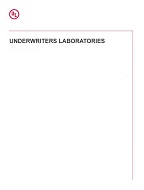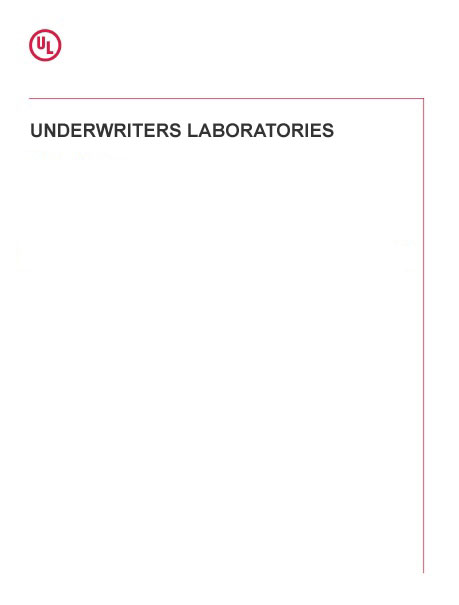Description
Please note: All interim revisions for this edition available at time of your purchase will be included.
These requirements cover vane type waterflow indicators intended for use in fire protective signaling systems to be employed in ordinary indoor locations, inaccordance with the National Fire Alarm Code, NFPA 72. 1.1 revised July 26, 2000
Waterflow indicators covered by these requirements include sizes 3/4 inch and larger. The indicator sizes refer to the nominal inside diameter of the main sprinklerpipe or tubing on which they are installed.
A vane type waterflow indicator is an assembly of a mechanism having electrical contacts arranged to transmit a coded or noncoded signal when the vane,located in the supply pipe (riser) of a sprinkler system, is moved by the flow of water in the pipe. This flow is normally caused by the opening of one or moresprinkler heads resulting from a fire condition. The signaling contacts are intended to be connected to circuits of private fire protective signaling systems.
These requirements do not cover pressure-operated waterflow indicators.
A product that contains features, characteristics, components, materials, or systems new or different from those covered by the requirements in this standard, andthat involves a risk of fire or of electric shock or injury to persons shall be evaluated using appropriate additional component and end-product requirements tomaintain the level of safety as originally anticipated by the intent of this standard. A product whose features, characteristics, components, materials, or systems conflictwith specific requirements or provisions of this standard does not comply with this standard. Revision of requirements shall be proposed and adopted in conformancewith the methods employed for development, revision, and implementation of this standard.
Product Details
- Edition:
- 5th
- Published:
- 06/30/2005
- Number of Pages:
- 52


